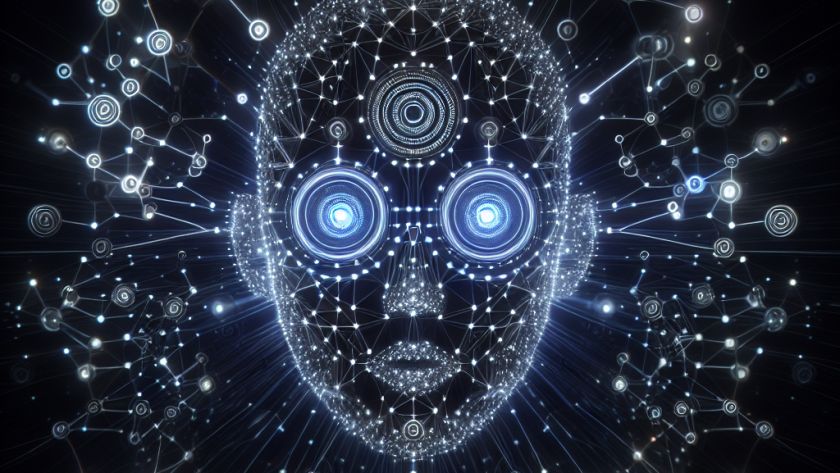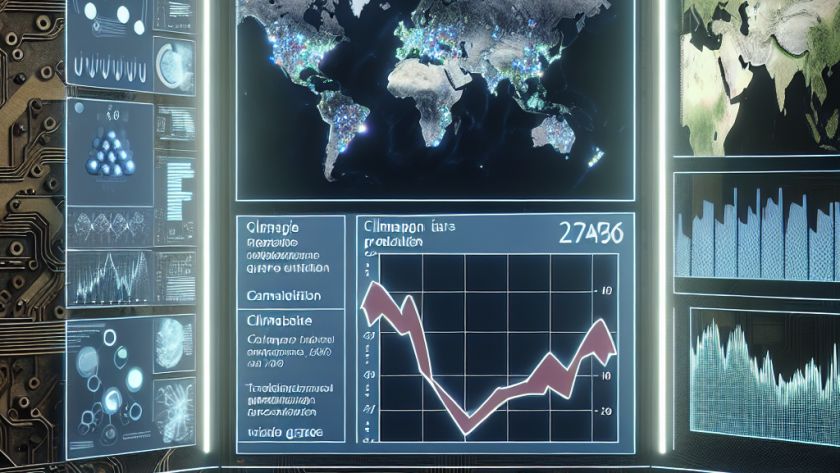The integration of AI across multiple industries has raised many questions surrounding transparency in the training and data-usage of AI systems. Without the necessary level of clarity, AI models can lead to unreliable, inaccurate, and biased outcomes, particularly in critical areas such as healthcare, cybersecurity, elections, and financial decisions. In an effort to address these…










